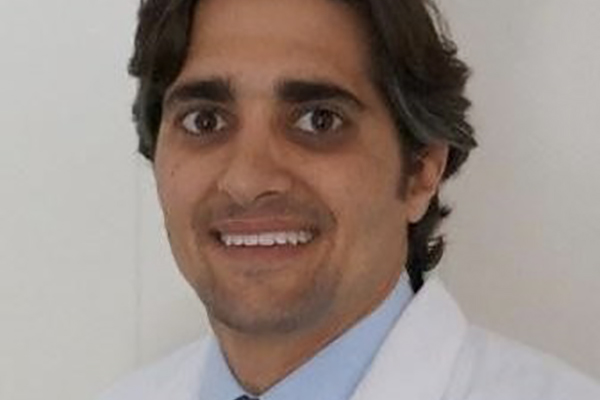
Health Law Talk
A regular podcast focusing on the expansive area of healthcare law…
Join our conversation.

submit your email to keep up with Health Law Talk

The Health Law Talk podcast, presented by Chehardy Sherman Williams, one of the largest full service law firms in the Greater New Orleans area, is a regular podcast focusing on the expansive area of healthcare law. Each episode, hosted by Rory Bellina, Conrad Meyer and George Mueller, will address various legal issues and current events surrounding healthcare topics. The attorneys are here to answer your legal questions, create a discussion on various healthcare topics, as well as bring in subject matter experts and guests to join the conversation.
Episode Archives
Health Law Talk Interviews Dr. Williams
Social Media in the Healthcare Workplace
Health Law Talk Explores Vendor Agreements
Health Law Talk Discusses Therapeutic Marijuana
Health Law Talk Interviews Dr. Matthew Bernard
Health Law Talk – Happy Holidays!
Health Law Talk – Thankful for 2022
Health Law Talk Interviews Dr. Ares Christakis, M.D.
Economic Credentialing
Health Law Talk Interviews Jamie Kuo, M.D.
Closing a Practice & Patient Issues
Reproductive Rights and Fertility Issues
Chehardy Sherman Williams is providing these Health Law Talk podcasts as a public service. These podcasts are for educational purposes only. These podcasts do not constitute legal advice, nor do these podcasts establish an attorney-client relationship. Reference to any specific product or entity does not count as an endorsement or recommendation by Chehardy Sherman Williams. The views expressed by guests on the shows are their own, and their appearance does not imply an endorsement of them or the entities that they represent. Remember, please consult an attorney for your specific legal issues.
The healthcare industry is rapidly changing and growing, and our team is committed to keeping our clients informed and in compliance in this highly regulated sector. Since first opening our doors in the Greater New Orleans Area in 1989, Chehardy Sherman Williams has provided comprehensive legal services for a broad range of the healthcare industry, including providers, specialty hospitals, group practices, medical staffs, allied health professionals, healthcare facilities, ambulatory surgery centers, durable medical equipment providers, imaging facilities, laboratories, and pharmacies. No matter the size of your business, we are committed to personalized customer care.
We handle everything from regulatory and compliance check-ups to employment matters, Medicare and Medicaid issues to state and federal fraud and abuse regulations. Our healthcare attorneys are always staying up to date on the latest state and federal regulations to ensure that our knowledge is always accurate.
Our team has the expertise to assist you with compliance matters, HIPAA violations, payor contracts and employee negotiations, practice and entity formation, and insurance reimbursement issues, in addition to the full spectrum of other healthcare related issues.
Contact us to learn more.
















